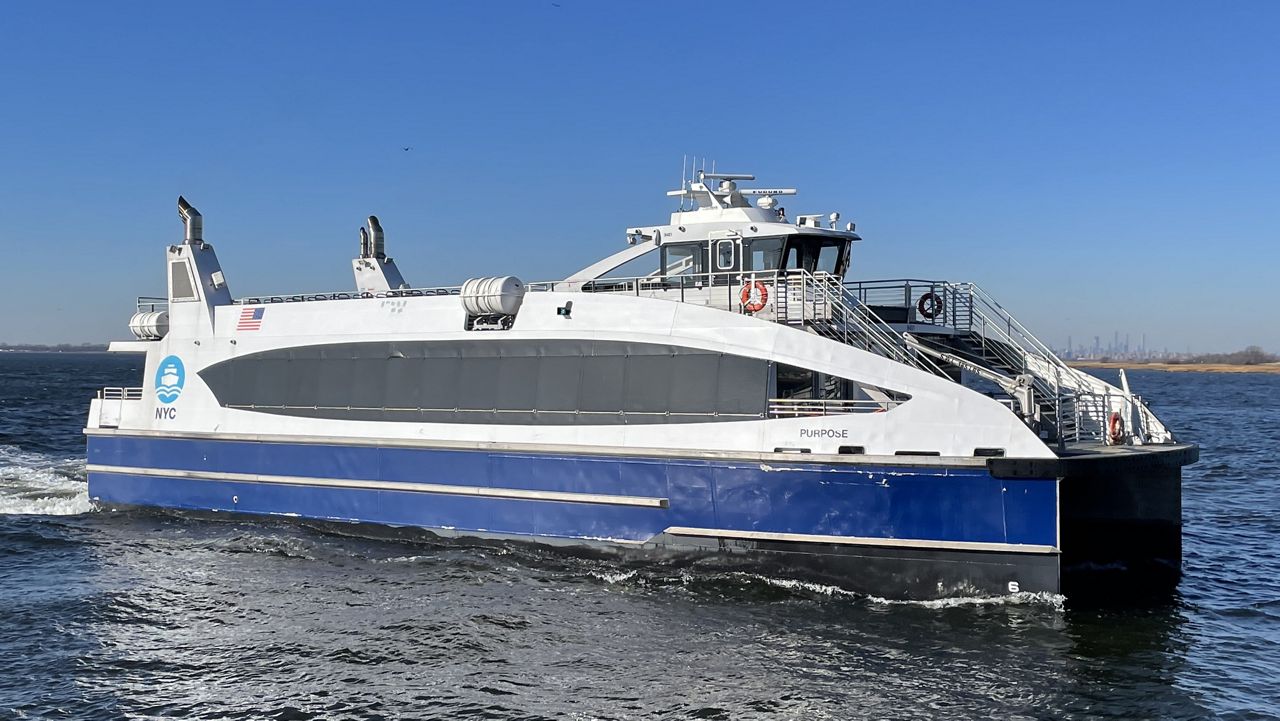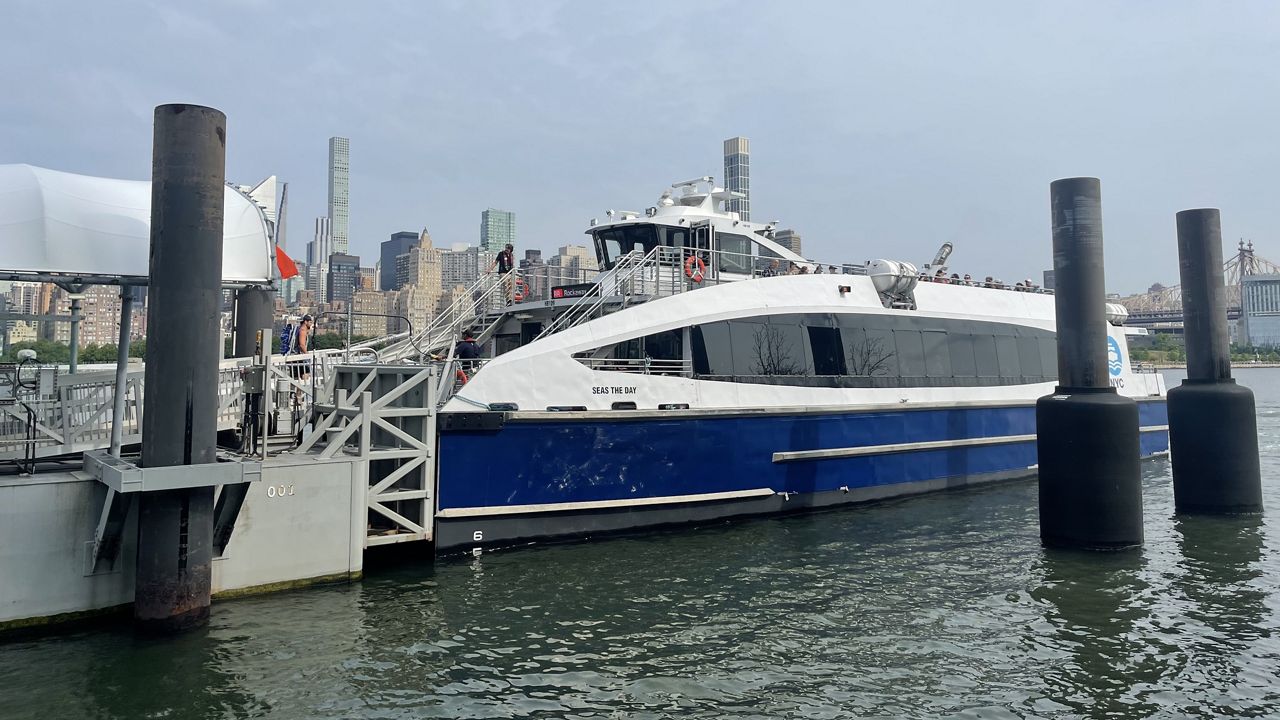It’s about to get more expensive to ride NYC Ferry.
Starting Sept. 9, the cost of a ten-trip bundle will rise from $27.50 to $29, making each ticket $2.90 to align with subway and bus fares. Single-trip tickets will also see an increase from $4 to $4.50, the New York City Economic Development Corporation said in a release.
Discounts will remain available through the NYC Ferry Discount Program — which is modeled after the city’s Fair Fares initiative for buses and subways — providing rides at $1.45 for seniors, people with disabilities and low-income riders.
Beginning Sept. 1, high school students citywide can also access reduced fares for weekday travel to and from school. Applications for this program open Aug. 1 on the New York City Student Account portal, the release said.
NYCEDC President Andrew Kimball noted that while fares are increasing, service and vessel upgrades can also be expected, including the return of the Rockaway Rocket, a summer-exclusive route offering trips from Long Island City and Greenpoint to Rockaway Beach.
"We will continue to build upon NYC Ferry Forward’s successes with new initiatives that support our mission of increasing access while fostering a fiscally sustainable citywide ferry system. And with the return of the Rockaway Rocket and other improved vessel upgrades, there is no better way to get around New York City this summer than aboard a NYC Ferry,” Kimball said in a statement.
In addition to fare changes, NYC Ferry is enhancing its services with free WiFi on all vessels, expanded language support on its app and website and automated audio-visual announcements for upcoming stops, according to the release.
Later this summer, riders will also be able to access real-time schedule updates via text or automated voice services, with future updates allowing real-time availability checks for seats on vessels and bike parking spots through the NYC Ferry app.
Operating six routes with 25 landings and 38 vessels covering more than 70 nautical miles, the NYC Ferry system already hit record ridership numbers in 2024, with over 7.1 million riders.






 (1))
